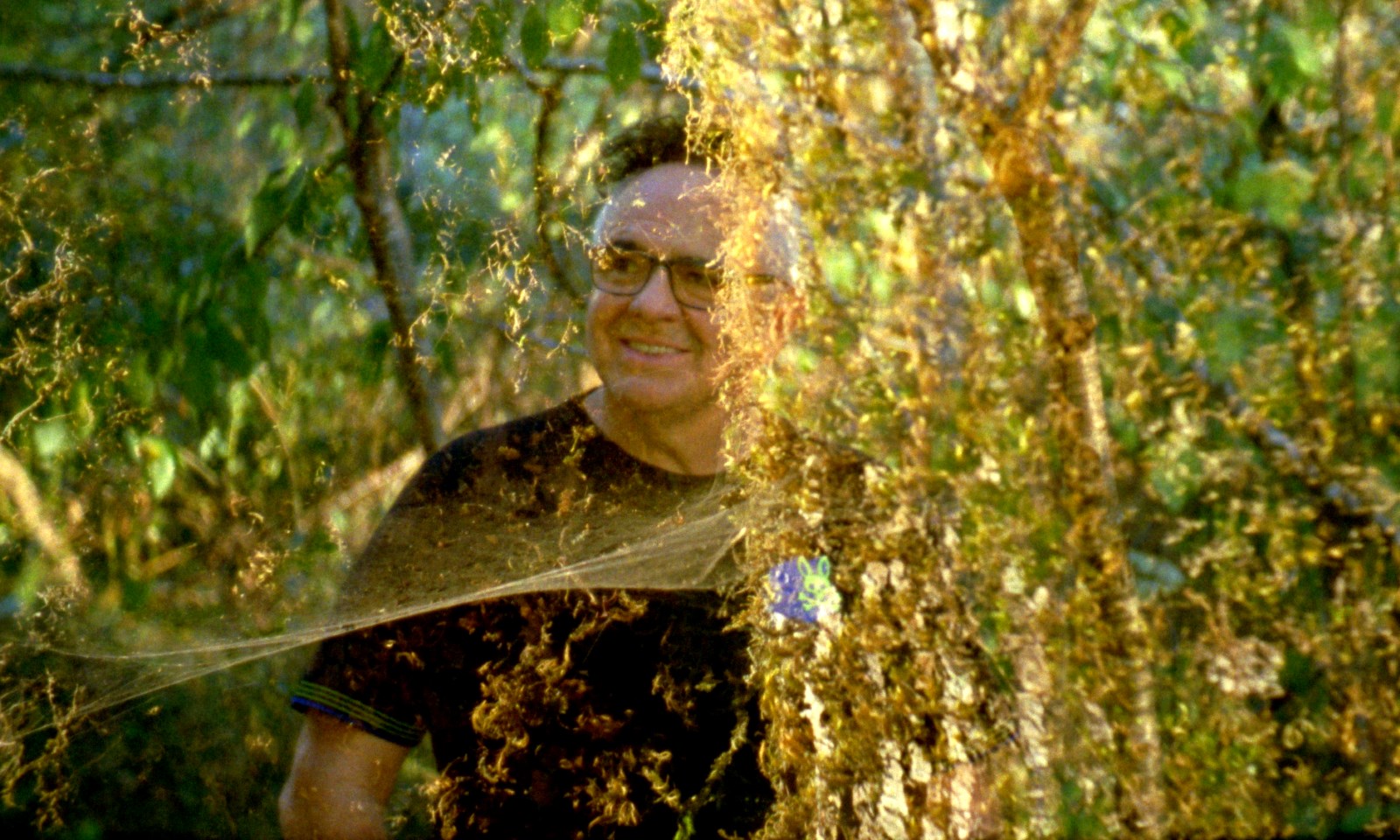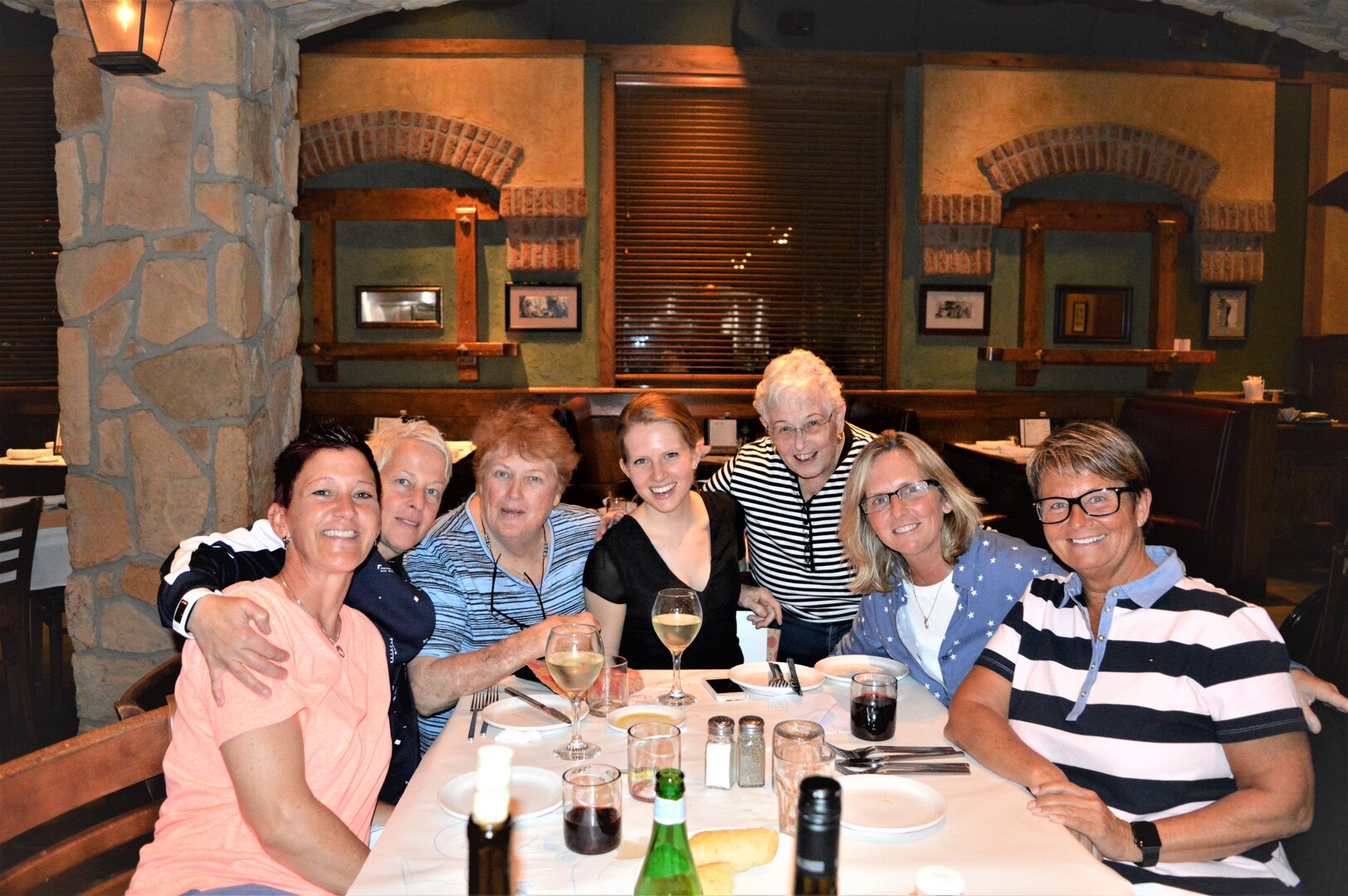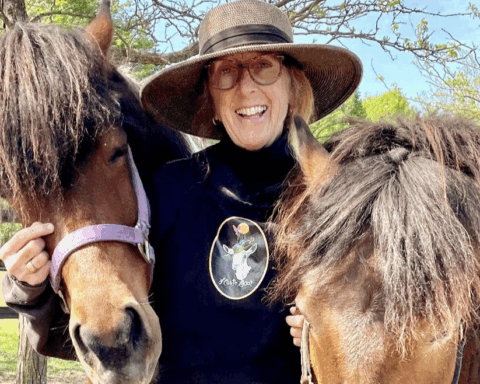nanekawâsis
(Canada, 80 min.)
Dir. Conor McNally
Programme: Spotlight on Canada
The documentary nanekawâsis is a vibrant celebration of the life and work of acclaimed nêhiyaw (Cree) artist George Littlechild. An energetic flux drives this deeply felt portrait, allowing it to effortlessly immerse the viewer in this painter’s modus operandi. A dynamic spiritual force emerges in this film, one that adds an intensity to its constant movement. As this documentary opens up, it discloses a larger statement about the healing power inherent in Indigenous ways of seeing.
Separated from his family and community by the Sixties Scoop, Littlechild dove straight back into his background when he became an adult. In 2001, Littlechild was invited back to his home reserve to be honoured at the Powwow, where he was given his great grandfather’s name, nanekawâsis. In Cree, it means “swift child.” This ancestor was known as a gifted hunter and a beautiful spirit, and was celebrated as a great provider to his family and his tribe.
He used that newfound knowledge to find his voice, and this became the foundation of his style, which uses vibrant colours and symbolism to highlight and correct the injustices that Indigenous families have endured. Not only did he discover another perspective on the world with this process, but also found another way of seeing himself. Having to hide his queer identity in the dominant white/settler culture in which he grew up, Littlechild was now thriving as an appreciated Two Spirit member of his natal community.
As a portrait of the artist, the film deftly mixes current day interviews with archival footage and old photographs. At the outset, this documentary is actively recreating Littlechild’s personal history. Littlechild himself welcomes the viewer into his life and into his mind, both directly in recent 16mm interviews and through past archival (often video) footage. The film’s mix of mediums reflects the artist’s visual practice. He often incorporates still photography into his paintings.
On top of that, the doc often shifts focus between portrait and essay, eventually expanding into a greater political statement. As he moves past the repressive history of white culture, he and the film are able to convey the liberation he discovered in the Indigenous community’s view of sexuality and one’s place in the natural world.
Beyond its diaristic thread, nanekawâsis chronicles the subject’s direct attempts to (re)build a family history from which he was forcibly removed. This is especially poignant as he recalls being pulled away from his mother to go to residential school and then to live with foster families. Littlechild remembers his efforts, which still continue, to establish a direct connection to the culture and to the past from which he was separated. He talks of going through archives, speaking with elders, and he reveals private collections of the imagery he has collected. He is not only adding to its oral history but also enhancing that through his own visual practice.
The film sets up a complex weave of voices that blend and ripple in and out from each other. Littlechild’s voice fills the film with stories of long-gone, sometimes unknown relatives. As nanekawâsis extends into the larger histories of the Indigenous and the queer communities, the doc incorporates other voices, both of which are female: an overriding narrator and a separate soulful one who whispers as if in incantations. This latter divine-like voice is gently encouraging as she addresses not only his present state but that of his future.
It’s the amalgamation of inner and outer visions that makes nanekawâsis engaging beyond the reach of an average portrait. Littlechild’s candour with his thoughts and feelings lure the viewer inside his world and vision, even inside his heart. Through the course of the film, the viewer comes to understand that he can now embrace the Cree belief in a powerful environmental force. Here he finds an overriding essence within which exist other energies and spirits. He is able to feel a connection to those lifeforces that emanate from trees and even the tiniest creatures existing within the natural world.
Directed by Conor McNally, nanekawâsis richly conveys a viewpoint where everything exists in harmony. Through the experience of making this film, Littlechild reveals how he built this fresh context for himself, and it is something the viewer can tap into. This is how the film expresses the spiritual strength of the Cree culture. As a Two Spirit individual who has reconnected with his roots, he can now exist in that world as his authentic self. It is this principle that emerges from the film as a force that resonates deeply.














